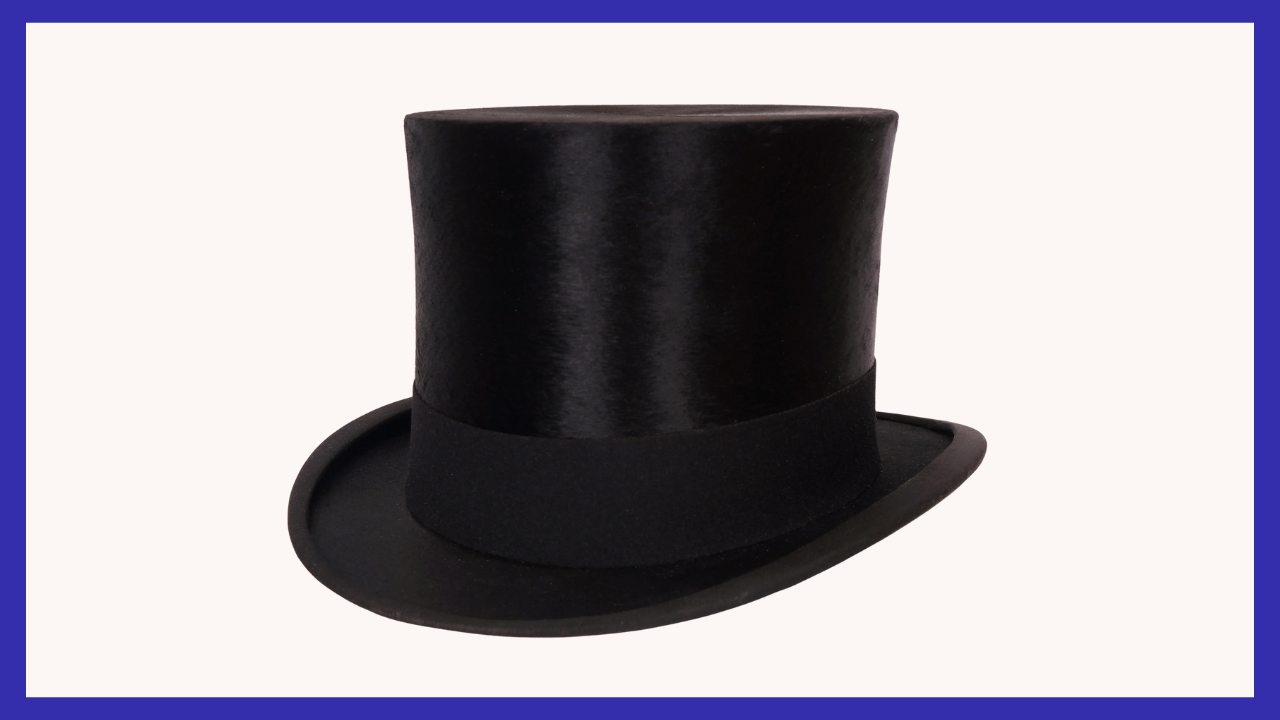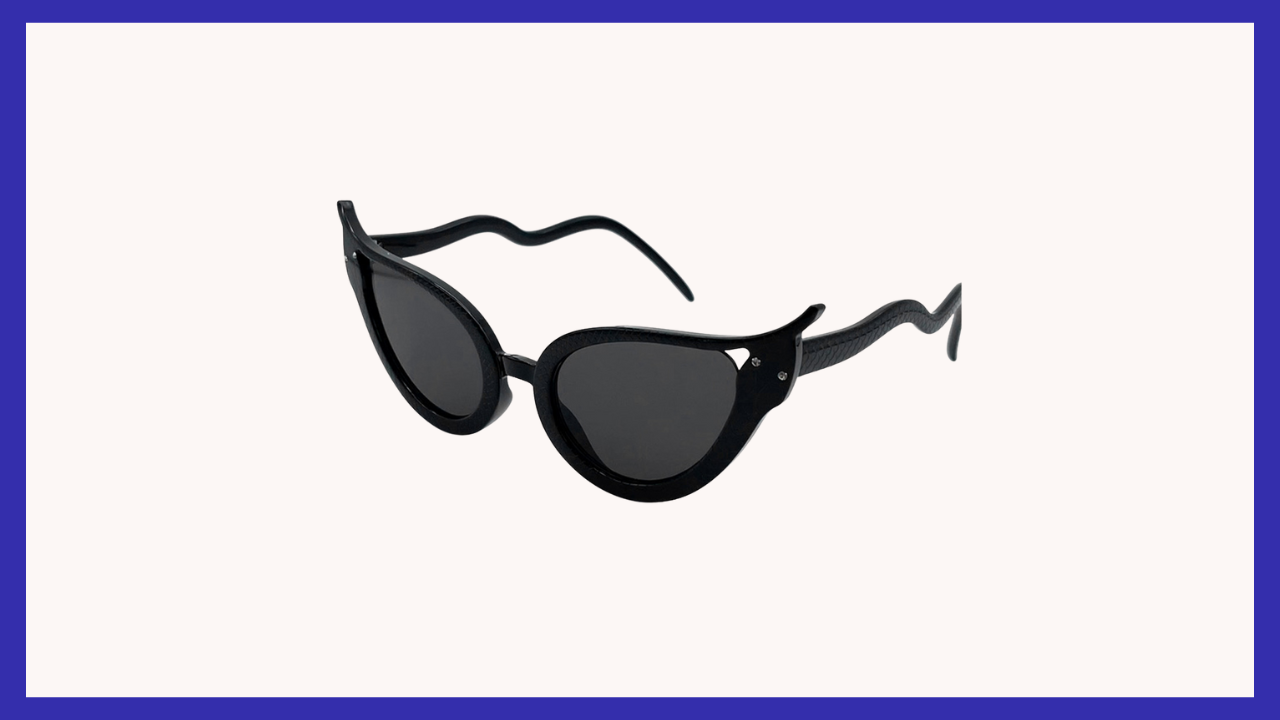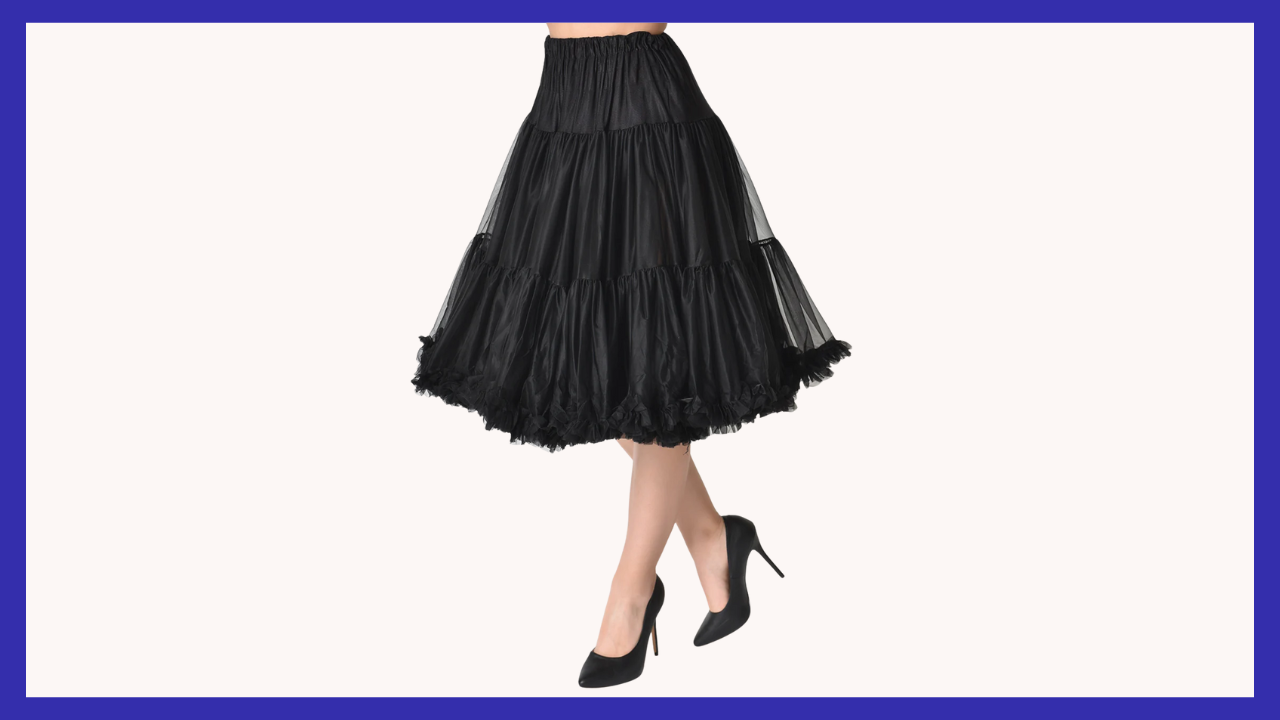AllVintageStyles
The Ultimate Vintage Fashion Encyclopedia
Top Hat

Tall cylindrical hat with flat crown and wide brim, representing formal menswear tradition and theatrical costume in mid-century fashion.
Quick Facts
- Era: 1940s-1960s (formal wear decline, theatrical persistence)
- Origin: England (continued in American formal and entertainment contexts)
- Garment Type: Structured formal hat with silk or felt construction
- Key Identifiers: 6-8 inch crown height, silk plush exterior, grosgrain band, leather sweatband
- Typical Resale Price: $200-$800 (authentic vintage pieces)
- Best For: Formal collectors, theatrical costumes, vintage menswear enthusiasts
History & Evolution
Top hats persisted in limited formal contexts during the 1940s-1950s, primarily for diplomatic functions, royal occasions, and traditional ceremonies. American manufacturers like Dobbs and Knox continued production for conservative clientele and entertainment industry needs. The style represented ultimate formal elegance, though increasingly relegated to specific ceremonial purposes rather than general evening wear.
Entertainment venues sustained top hat production through the 1960s for theatrical performances, magic shows, and formal revues. Broadway productions and nightclub entertainers maintained demand for quality silk hats. The garment symbolized sophistication and showmanship, appearing in films and stage productions as shorthand for elegance and theatrical tradition.
By 1970, top hats existed primarily as costume pieces and collector's items, though luxury hatmakers continued limited production for specialized markets. The style influenced punk and gothic fashion movements of later decades. Vintage examples from the 1940s-1960s represent the final era of traditional formal hat manufacturing before casual dress transformed men's fashion permanently.
Authentication Tips
Authentic 1940s-1960s Features:
- Silk plush exterior with dense, uniform nap and natural luster
- Leather sweatband with maker's stamps from established hatters
- Traditional blocking methods creating proper crown proportions and brim curve
- Grosgrain hatband with hand-sewn attachment and quality ribbon construction
- Internal crown lining with maker's labels and size markings
Common Reproductions/Modern Pieces:
- Synthetic materials mimicking silk with artificial sheen and poor texture
- Foam or cardboard internal structure replacing traditional felt blocking
- Machine-sewn construction lacking hand-finished details of period pieces
- Modern plastic sweatbands instead of leather with proper stamp markings
- Incorrect proportions designed for costume use rather than authentic formal wear
Styling & Use Cases
- Best for formal collectors: Display with vintage evening wear and white tie ensembles for complete traditional formal presentations
- Ideal for theatrical enthusiasts: Combine with period costumes for authentic Victorian or Edwardian stage productions and performances
- Perfect for vintage menswear: Pair with vintage tailcoats and formal accessories for special events requiring authentic historical dress
Modern styling tips:
- Use as statement piece for steampunk or gothic fashion looks emphasizing Victorian industrial aesthetics
- Incorporate into formal vintage wedding attire for grooms seeking authentic historical elements
- Display as focal point in vintage menswear collections alongside other formal accessories and tailoring
FAQ
Q: How can I tell if a top hat is authentic 1940s-1960s vintage?
A: Examine the silk plush for natural texture and luster, check for leather sweatbands with maker's stamps, and look for traditional blocking methods creating proper proportions. Authentic pieces show superior materials and construction compared to modern costume reproductions.
Q: What's the typical price range for vintage top hats?
A: Authentic 1940s-1960s top hats range from $200-$800, with factors including maker reputation, silk quality, condition, and original box or case. Pieces by established hatters like Dobbs, Knox, or Lock & Co. command higher collector prices.
Q: How should I care for a vintage top hat?
A: Professional hat cleaning preserves silk plush and maintains proper blocking. Store in hat boxes away from moisture and direct light to prevent silk deterioration. Avoid brushing against the nap direction which can damage the plush surface permanently.
Q: What makes 1940s-1960s top hats valuable to collectors?
A: Historical significance as final era of traditional formal hat manufacturing, superior silk construction and blocking techniques unavailable in modern reproductions, and cultural documentation of formal dress traditions before casual fashion transformation. Authentic pieces represent craftsmanship heritage in menswear accessories.
📷: Poppy's Vintage Clothing



